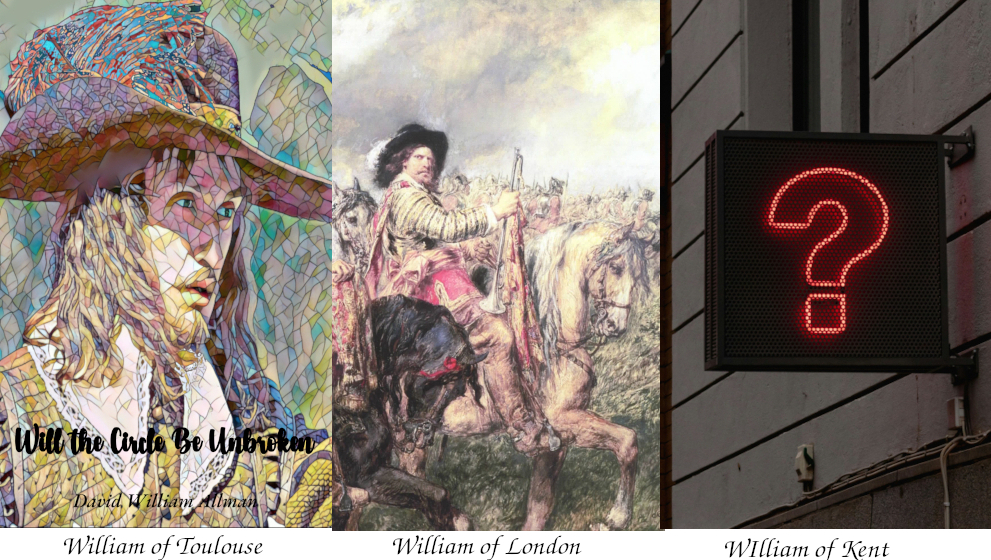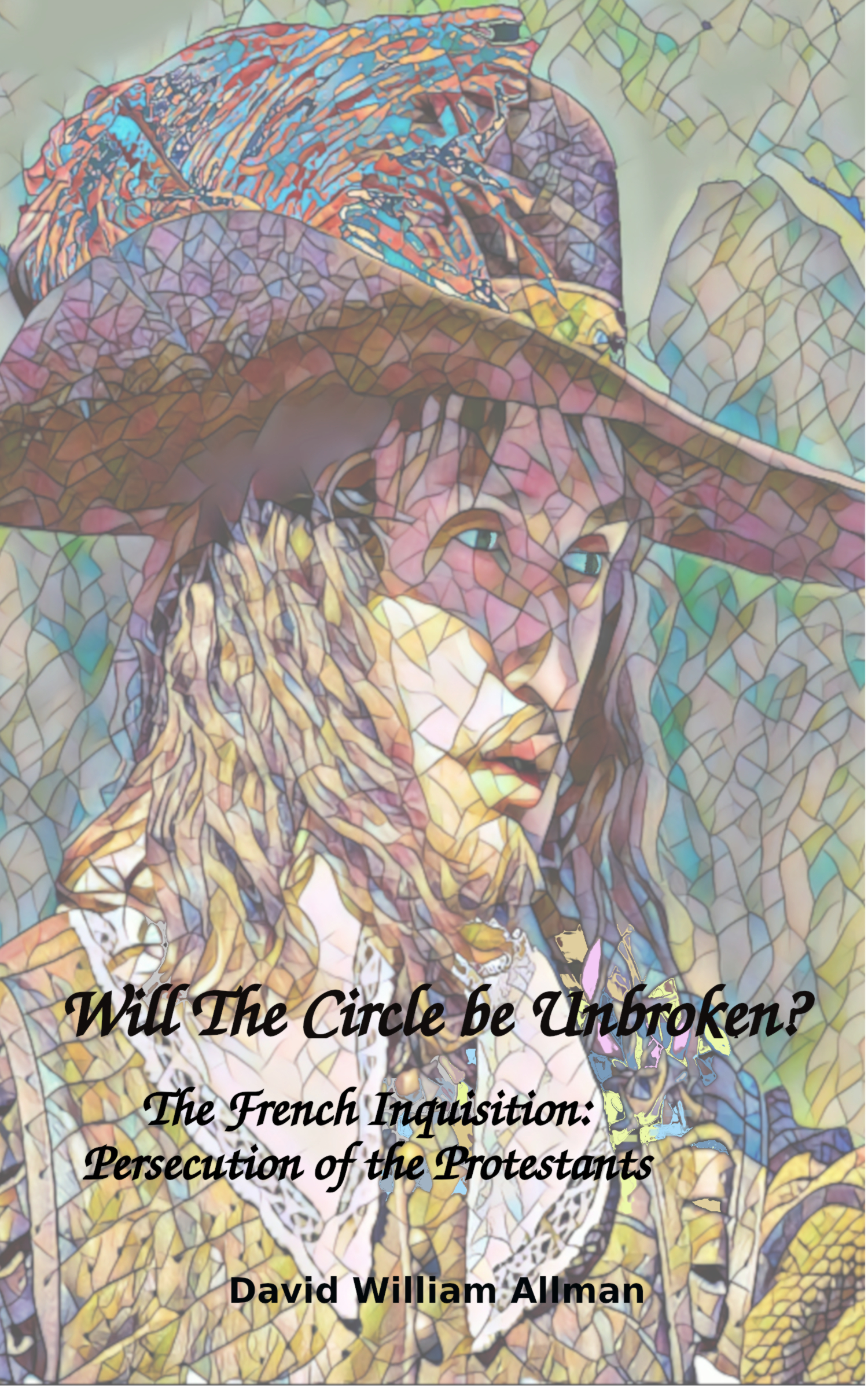
About the Author |
A NEW SERIES has ARRIVED!
Will the Circle Be Unbroken? Step into a 17th-century world of rebellion, hidden family legacies, and a dark secret as the Mellichamps fight for survival in this period of religious strife and high-class decadence. Each book reveals spellbinding narratives that keep you guessing until the very end.
Immerse yourself in action-packed adventures that are as daring as they are unforgettable. Will the circle be unbroken as each of the Mellichamp books is revealed? Uncover the secrets that lurk beneath the veneer of old-world elegance!
Introducing the book series: WILL THE CIRCLE BE UNBROKEN?
BOOK ONE: The French Inquisition: Persecution of the Protestants.
William Mellichamp is an entitled narcissist, cavorting about Toulouse, France, in the 1610s. His faux friend, Tomás, threatens to turn him over to the Inquisitor, and William's family refuses to harbor him yet again. William escapes Toulouse and continues running to escape Tomás, now being bankrolled by the Inquisitor. Thus begins William's tumble from an elegant to an odious life.
On William's fall from wealth and status, he deals with things he has never faced in his previous sheltered world of luxury, and it turns him inward to contemplate his own life. William's dire circumstances force him to see what kind of person he truly is.
William tries to make a new life for himself, however, when Tomás shows up and threatens William, he decides to escape again. How long can William keep running from his past? How will this end?
David's new series of books follow members of his mother's family from 1598 through 1958. As the series progresses, other members of the family are revealed. The Mellichamps were involved with John Wesley (founder of the Methodist Church), Charles Darwin, Frances Marion (a Revolutionary War hero), the Smithsonian exhibits, and in the founding of Charleston.
Want to Skype with David during your Book Club meeting?
-or- Set up a chapter reading or a signing event?
Contact: David Allman

